Body of St. Francis Xavier
Scholar, adventurer, saint, and instigator of the Goa Inquisition.
Tucked in a corner of the party capital of India, the mostly-incorruptible body of Goencho Saib (Lord of Goa), otherwise known as St. Francis Xavier, is on display in the right trancept of the Bom Jesus church in the old Portuguese center of town. The body was originally transported back to Goa in a lime-slake, from which his body miraculously emerged unmolested. He was placed on view in a raised reliquary, with annual festivals, where, up until recently, pilgrims had the opportunity to kiss the exposed, miraculously mummified feet of the saint. The open air was hard on the body, and religious zeal for the relic has taken its toll as well. Reportedly in 1554 an overzealous worshipper bit off the the pinky toe of his right foot, which then purportedly gushed blood as if from a living body. Later, in 1614, by order of the church, his right arm was severed at the elbow and brought to Rome.
Born in the Xavier Castle in the Navarre region of what is now Spain in 1506, Francis Xavier began his adult life as a scholar in France, then found god and companionship in the formation of the Jesuit order. He traveled and preached in Italy, and then came to Goa as a missionary in 1541. He cared for the ill in the Royal hospital, and preached in the streets for the conversion and salvation of Hindu, Jewish, and Muslim souls.Portuguese controlled Goa’s anti-Hindu laws offered civil protections only to Hindus who were baptized and attended certain church services which criticized their previous faith. Many Jewish Portuguese had fled to the colonies to avoid the persecution of the Inquisition at home, and in Xavier’s time they saw their religious freedoms dwindle.
In 1545, Xavier wrote to the Pope, requesting that the Inquisition be formally instituted in Goa.
While he waited for a reply, he took to the seas, sailing to Cochin, the Malabar coast, Tamil Nadu, and as far as Malacca and Japan. The miracles attributed to him took place during these journeys, where he allegedly turned casks of sea water into fresh water for sailors, and brought a boy back to life after he had fallen overboard. He fell ill and died in 1552 on the island of Sancian while waiting for permission to enter China.
After his death, the inquisition did come to Goa in 1560, in a violent and deadly form. Voltaire wrote, “Goa is sadly famous for its inquisition, which is contrary to humanity as much as to commerce. The Portuguese monks deluded us into believing that the Indian populace was worshiping the Devil, while it is they who served him.”
The Goa Inquisition did not formally end until 1812. Since most of the records were destroyed when it was outlawed, it is not known exactly how many people were tried and/or killed, but an estimated 16,000 people were put on trial for relapsing into non-Christian faiths, with unknown numbers killed outright.
The annual non-feet kissing Saints Day festival is annually on Dec 3, and is a time of more festiveness than normal in the already festive Goa area.
The basilica is now a World Heritage Monument.
Know Before You Go
Local transport to Old Goa from Panaji
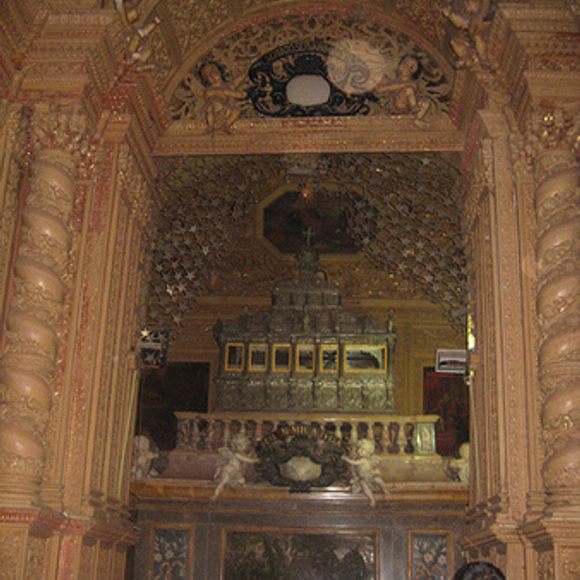

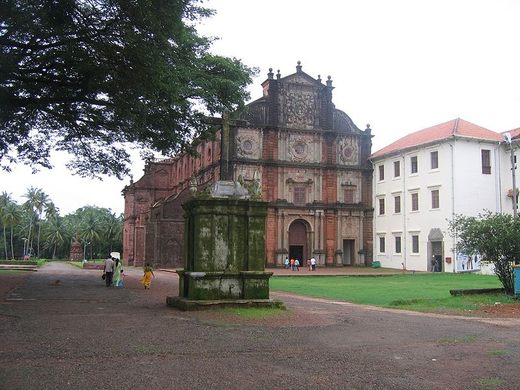
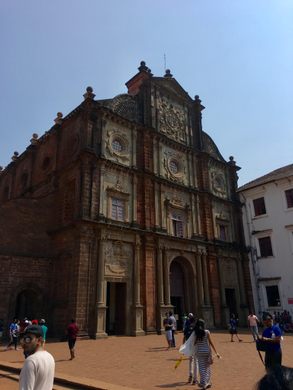

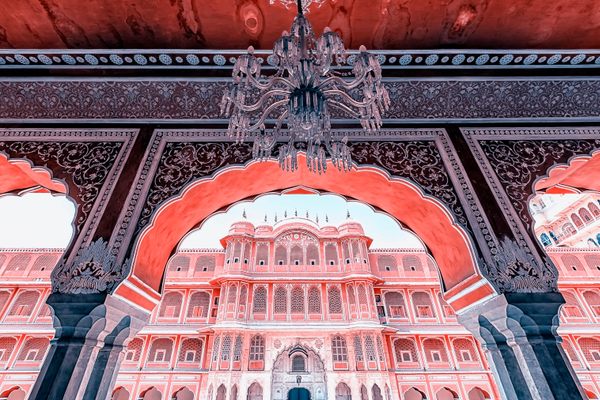






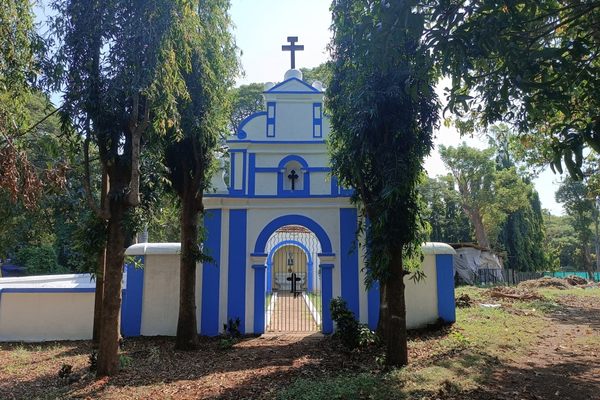

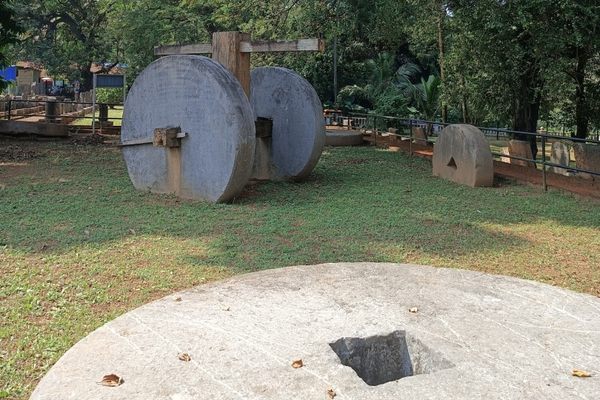
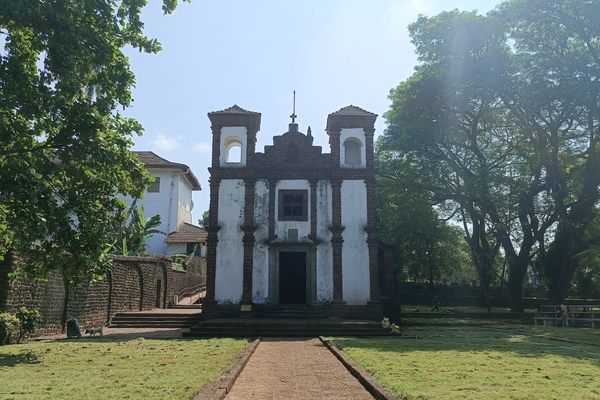
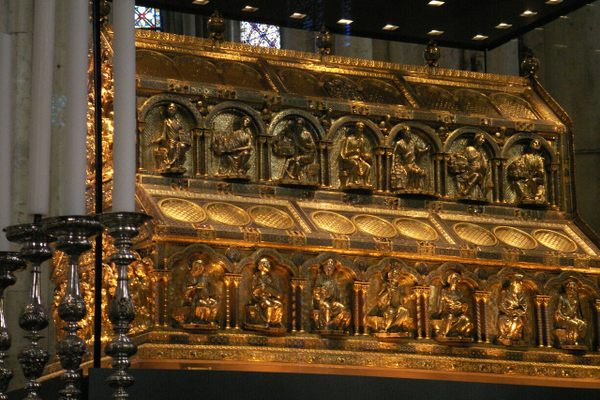
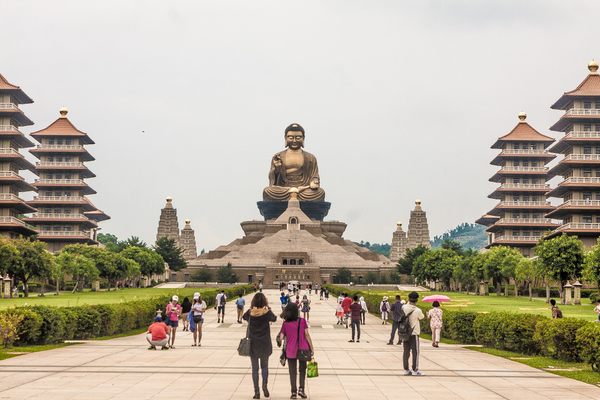

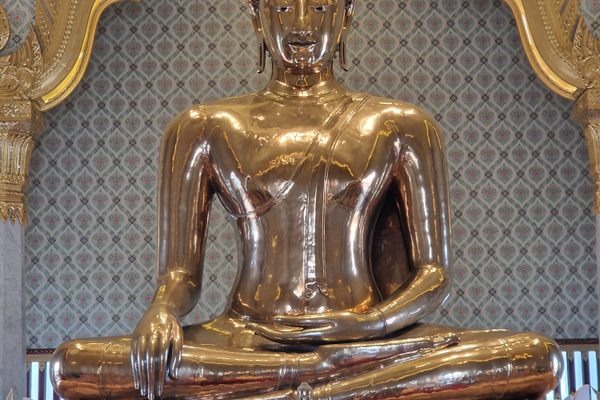

Follow us on Twitter to get the latest on the world's hidden wonders.
Like us on Facebook to get the latest on the world's hidden wonders.
Follow us on Twitter Like us on Facebook